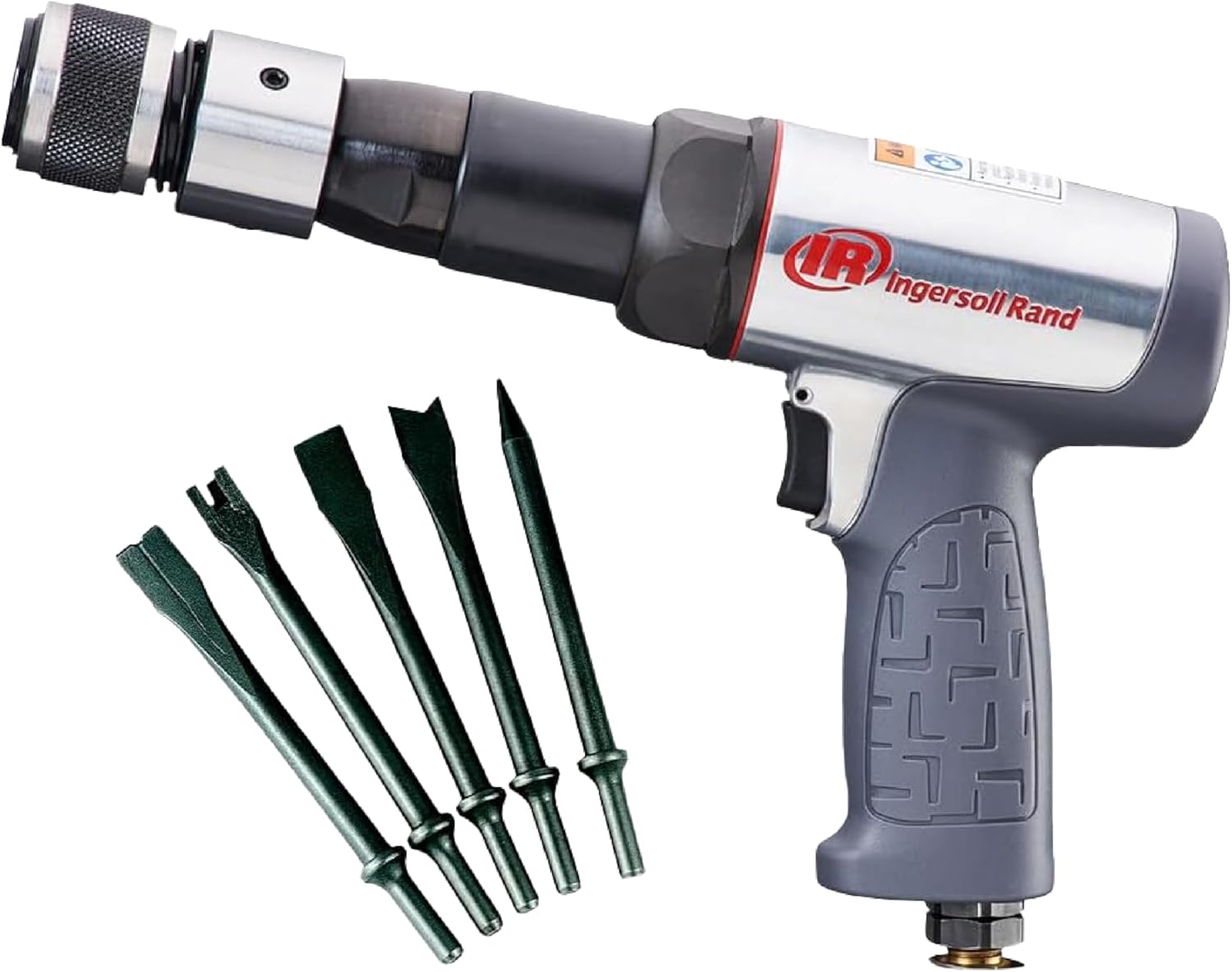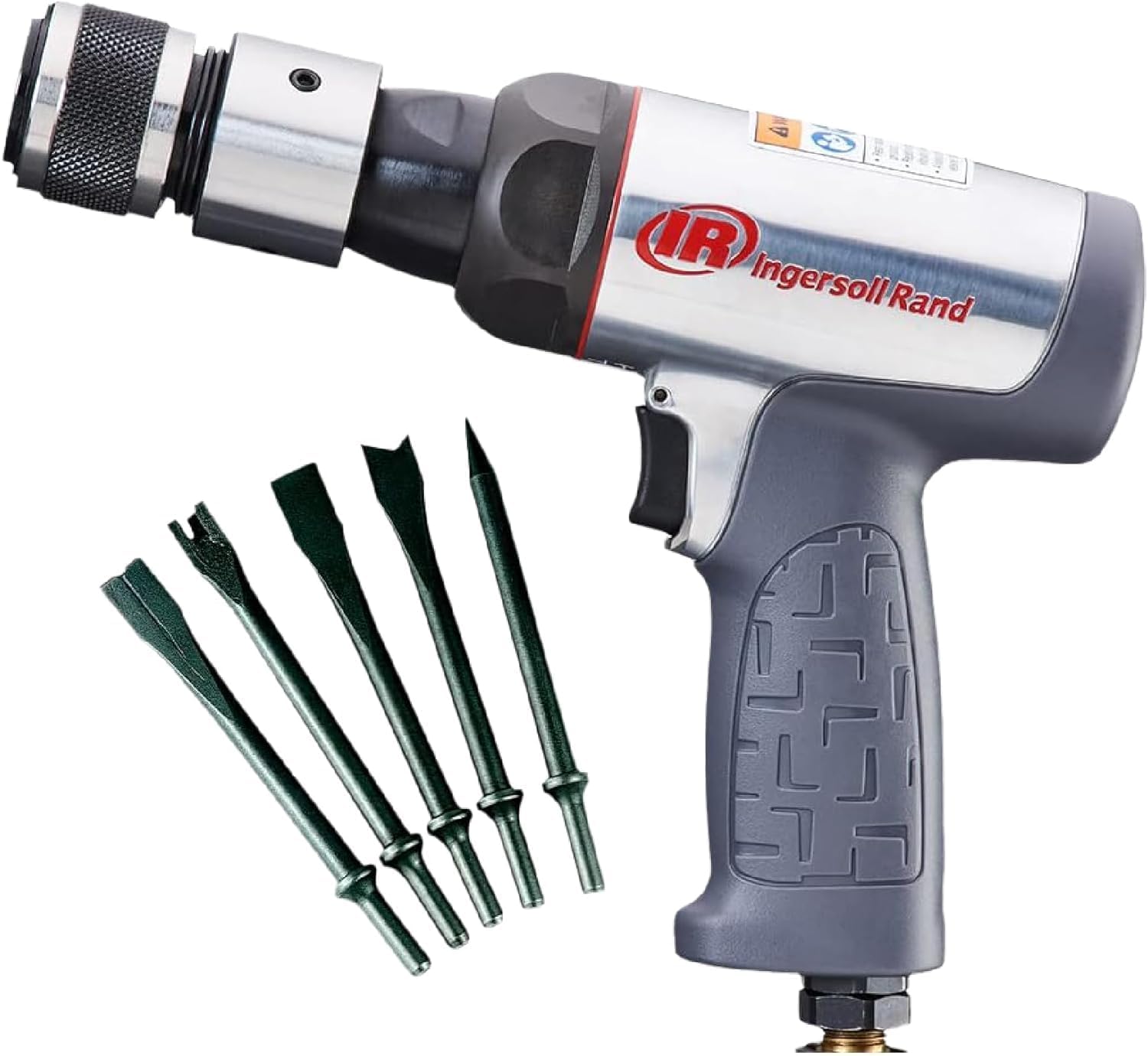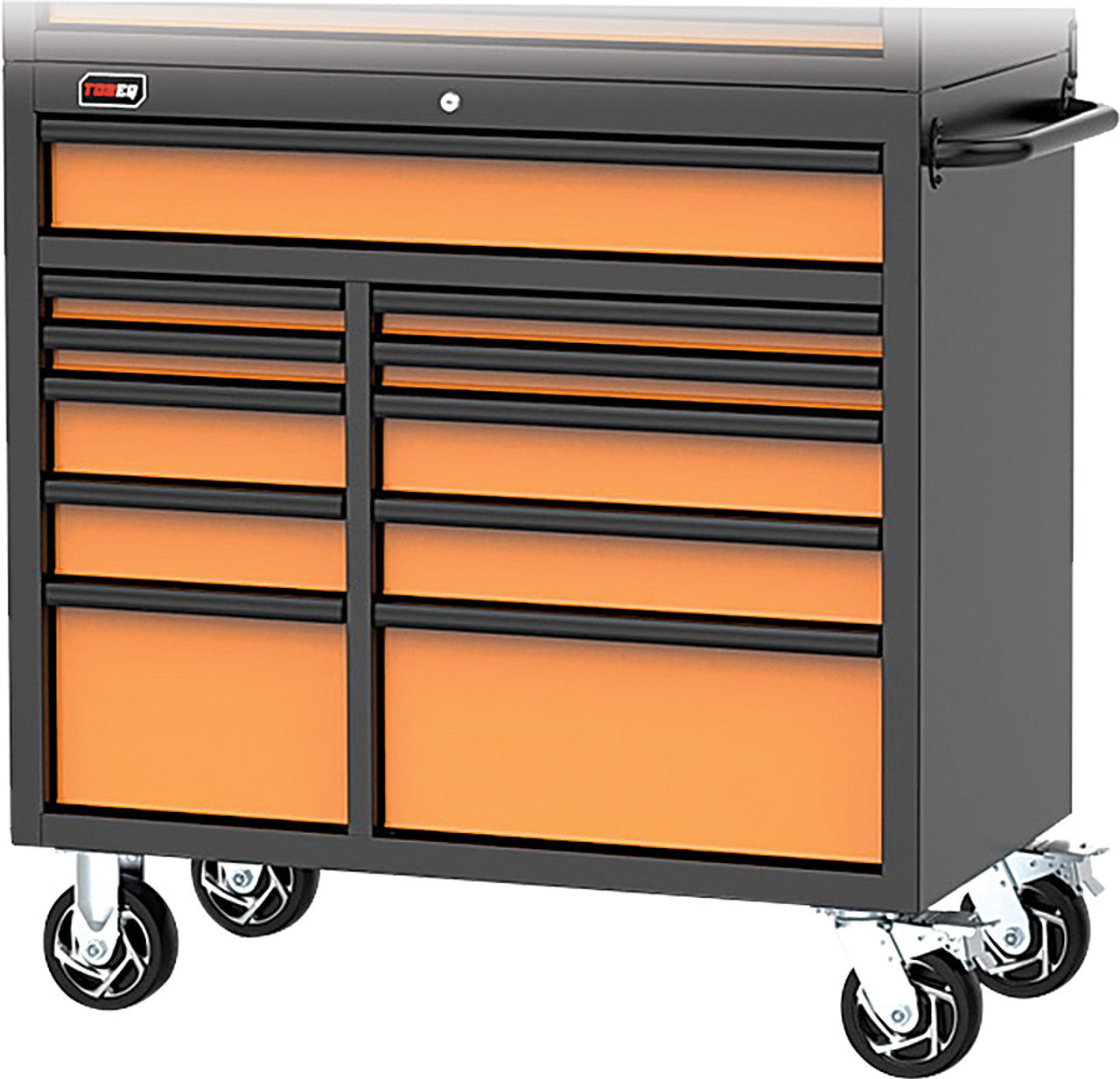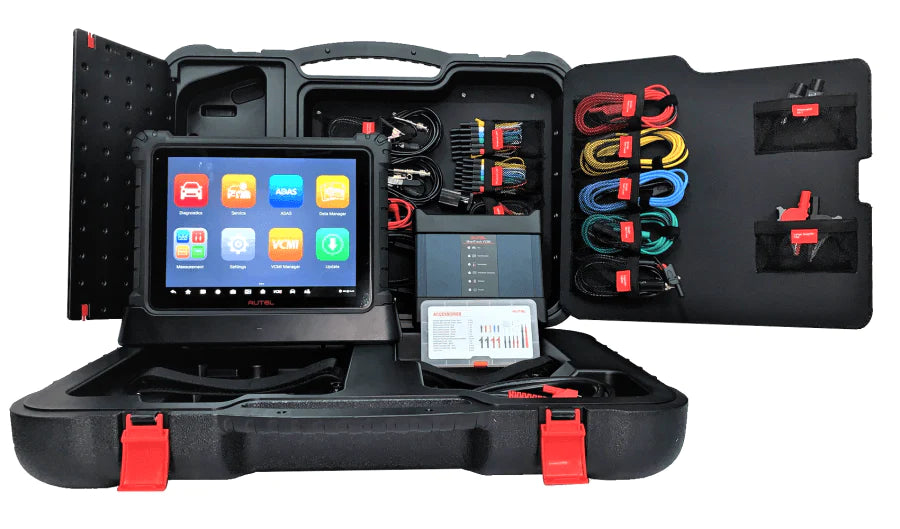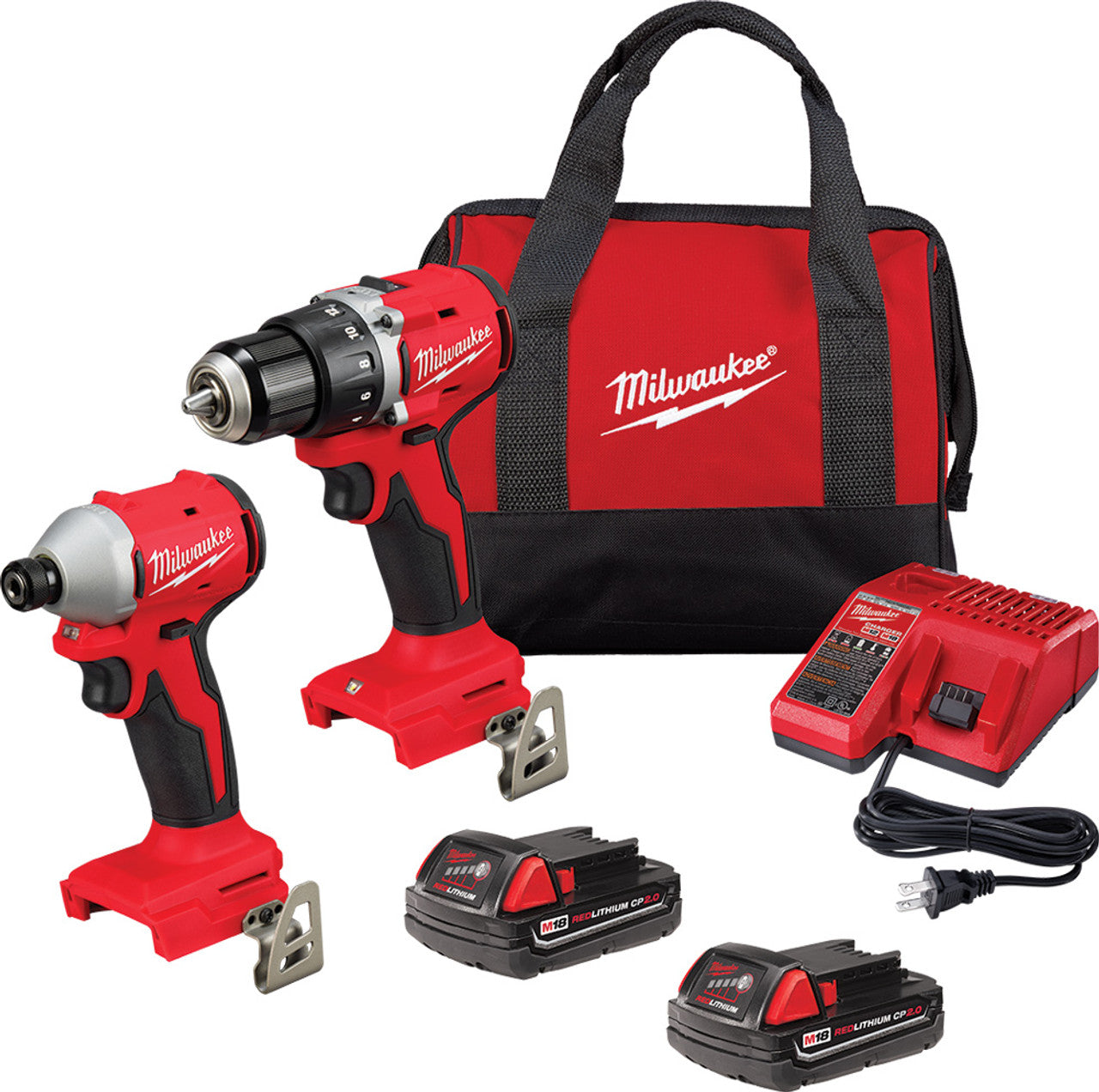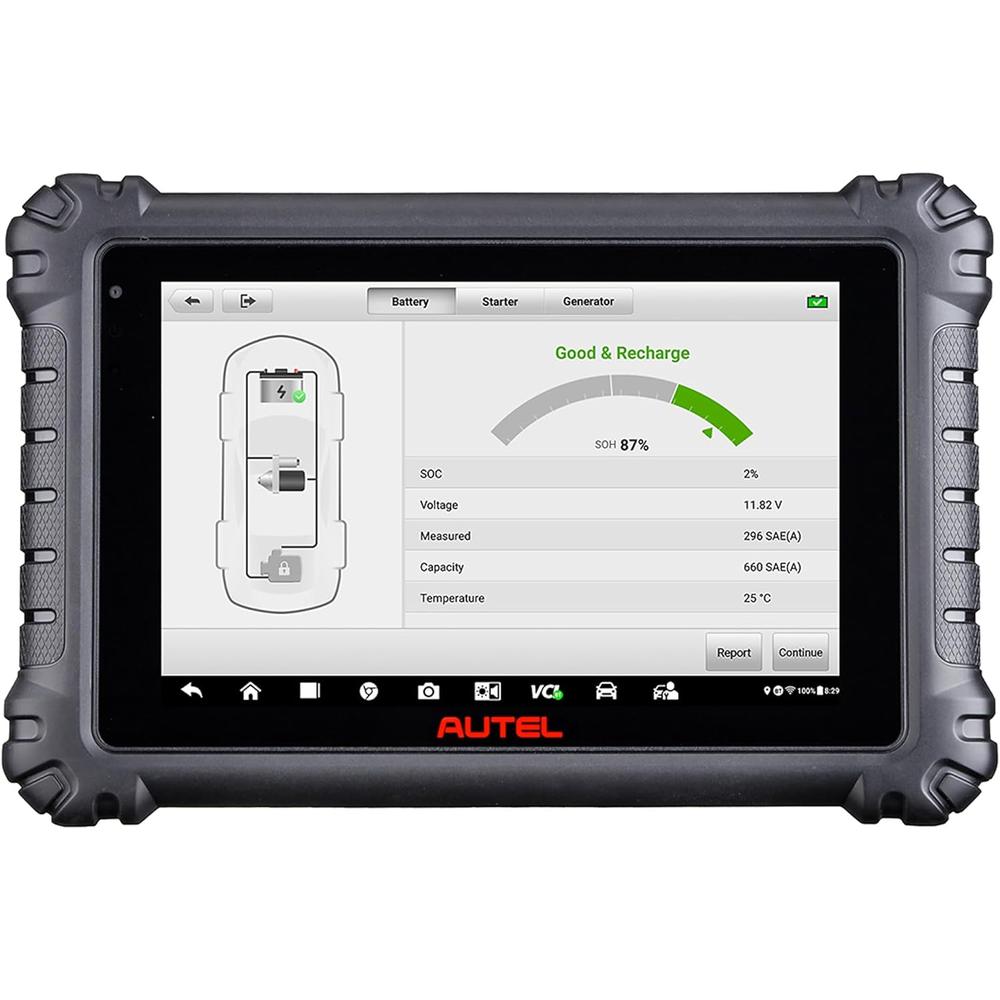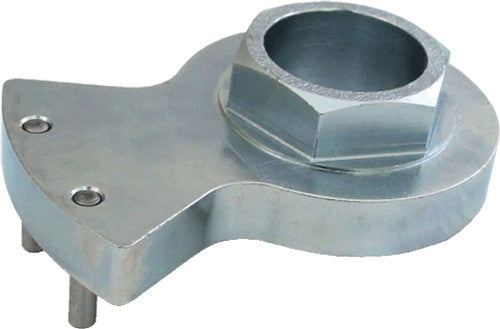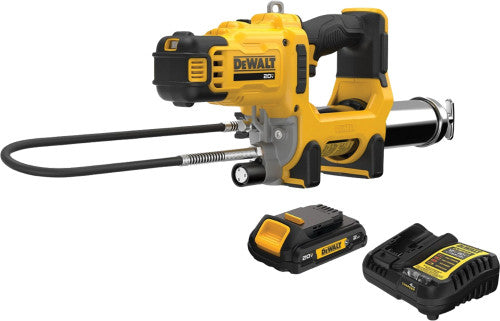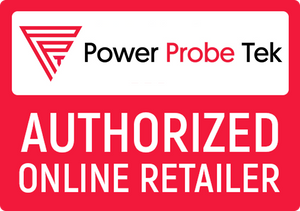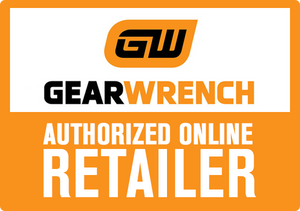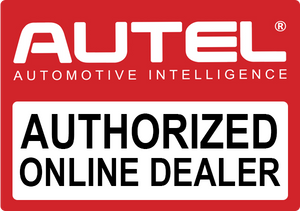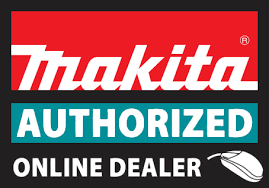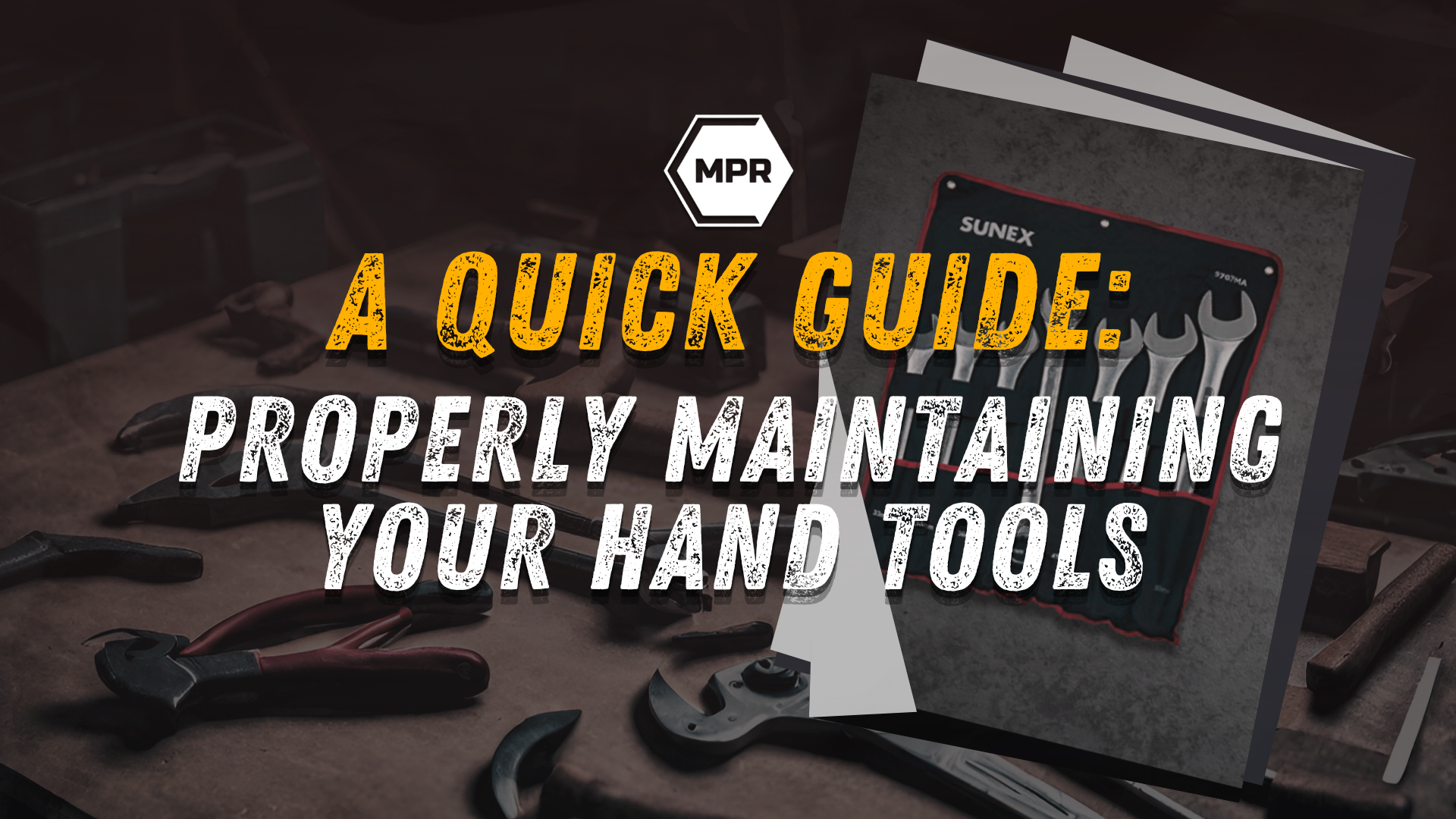“When you take care of things, they last.”
This applies to most things in the automotive industry, from vehicles to your favourite tools. If you go on any online forum, for instance, you’re bound to run into a discussion about a torque wrench being handed down from someone’s grandpa.
Of course, choosing the right tools for the job (and the right brands to buy them from) always helps, but taking proper care of them will enable you to make the most out of your toolbox.
So, once you’ve stocked yours with all the automotive tools you need, how do you go about it?
Let’s dive right in.
Importance (and Benefits) of Looking After Your Hand Tools
First, let’s talk about why you should take better care of your hand tools.
Safety
One, it’s all about safety. Poorly maintained tools can cause a great deal of harm.
Dull tools require more force than needed, which can lead to them slipping out of your grip and causing accidents.
Chipped blades or metal components could separate from the handle during use, resulting in a dangerous projectile.
Dirty or rusty tools can potentially spread contaminants to your customer's vehicle, causing issues and callbacks.
Understanding the Risks of Using Wrenches with Damaged Jaws
Using a wrench with damaged or sprung jaws can lead to several risks that compromise both safety and efficiency.
Key Risks:
-
Slippage: A wrench with misaligned or sprung jaws struggles to grip onto nuts and bolts securely, increasing the risk of slippage. This not only hinders the performance but can also cause injury if the tool slips unexpectedly while applying force.
-
Damage to Equipment: When the wrench slips, there’s a good chance it could damage the equipment you’re working on. This can lead to stripped bolts, rounded nuts, or even severe product damage, requiring costly repairs or replacements.
-
Personal Injury: Slippage and instability can cause the worker to lose balance or hit surrounding surfaces, potentially resulting in cuts, bruises, or more severe injuries.
How to Prevent Risks:
-
Regular Inspection: Always inspect your tools before use. If you notice any signs of wear or damage to the wrench jaws, it’s safer to replace the tool.
-
Use Quality Tools: Opt for reliable brands known for their durable products. Investing in high-quality tools can mitigate the risks associated with using worn-out equipment.
-
Proper Storage: Store wrenches properly to avoid any damage or wear that could lead to sprung jaws. A well-maintained tool is less likely to pose any risks during usage.
By understanding these risks and taking appropriate preventive measures, you can ensure a safer and more efficient working environment.
What are Employers' Responsibilities for the Safe Condition and Use of Hand Tools?
Employers hold significant responsibilities when it comes to ensuring the safety of hand tools and their usage in the workplace. Here's how they can fulfill these responsibilities:
-
Ensuring Equipment Safety: Employers must maintain all tools and equipment in a condition that prioritizes safety. This means performing regular inspections and maintenance to prevent hazards.
-
Issuing Safe Tools: Employers must strictly avoid providing tools that are damaged or unsafe. The distribution of defective equipment can lead to injuries and liability issues.
-
Training Employees: A key responsibility is to ensure that employees receive thorough training on the correct usage and handling of hand tools. This training should cover operational techniques and the necessary precautions to avoid accidents.
By adhering to these responsibilities, employers protect their workforce and create a safer working environment that promotes productivity and trust.
Potential Hazards of Using Iron or Steel Hand Tools Around Flammable Substances
When working in environments with flammable substances, iron or steel hand tools can pose significant risks. Here's why:
-
Spark Production: These tools may generate sparks upon impact or friction, which can easily ignite nearby flammable gases or volatile liquids.
-
Explosion Risk: If these sparks encounter explosive materials, the likelihood of triggering an explosion increases dramatically.
-
Material Incompatibility: Ferrous materials like iron and steel are unsuitable in environments where ignition could lead to catastrophic incidents due to their inherent properties.
To reduce these hazards, it is essential to opt for spark-resistant tools crafted from non-ferrous materials, such as brass or copper alloys, especially in settings where explosive substances are present.
Efficiency and Quality of Output
Second, well-maintained tools increase your efficiency and the quality of your output.
They’re easier to use and help you get the job done faster, allowing you to service more clients at the garage - or to finish more DIY projects within the same time.
Protecting Your Investment
Lastly, proper maintenance helps protect your investment. High-quality automotive tools aren’t cheap, but with the right TLC, they can last for years.
This way, you won’t have to keep spending money on replacements.
Basic Hand Tool Maintenance
Now that we’ve established the whys let’s move on to the hows.
#1: Inspect Hand Tools After Each Use
Even the tiniest nick or scratch can lead to significant damage or injury later on. A quick visual inspection only takes a minute or two but can spare you a lot of trouble.
So, what do you look for after using your hand tools?
Initially, check for signs of wear and tear or damage. Pay close attention to the blades, sockets, and other pointed parts for dents.
Don’t neglect the handles, too!
Common hand tool issues often involve broken, split, or cracked handles, which can injure your hands, especially when you don’t use gloves.
You should also check the nuts and bolts on your tools. Tighten them up when they come loose and remove any sign of rust or corrosion to prevent further damage.
When to Take Cracked Saw Blades Out of Service
The moment a saw blade shows any signs of cracking, it's crucial to take immediate action by removing it from service. Cracked blades pose significant safety risks, such as:
- Increased Chance of Breakage: Continuing to use a cracked blade raises the risk of the blade breaking during operation, potentially causing injury or further equipment damage.
- Compromised Cutting Precision: A damaged blade can lead to inaccurate cuts, impacting the quality of the final product and leading to material waste.
- Vibration and Noise Hazards: A crack can cause excess vibration and noise, which can be both a nuisance and a danger to operators.
Safety First: Inspection and Replacement
-
Regular Inspections: Incorporate regular checks into your maintenance routine to catch any cracks early.
-
Immediate Replacement: If a crack is detected, replace the blade immediately with a new, undamaged one to ensure both operational efficiency and safety.
-
Use Quality Blades: Opt for high-quality replacements from reputable brands known for durability and performance.
In summary, always err on the side of caution by removing any cracked saw blades as soon as they're identified. Maintaining a proactive approach helps ensure a safe and efficient working environment.
#2: Clean Your Hand Tools Properly
Wiping down your tools after every use is always helpful. This prevents the build-up of grease, debris, dust, or dirt on your tools and can keep rust at bay.
The longer dirt or grease stays on, the harder they’ll be to clean.
If you have time, remove any dirt or residue on the tools. A small brush or a soft cloth would be ideal for squeezing into all the nooks and crannies to remove the dirt.
You can also use mild soap and water, but avoid harsh chemicals since they might damage your hand tools.
As for rusty tools, you can clean them using a brush dipped in the appropriate cleaning fluid.
Let your tools dry thoroughly before putting them away, or gently wipe them using a dry, clean piece of cloth.
Be sure to store them properly in their containers and preferably in a cool, dark place, as humidity and intense heat can damage the tools over time.
Check out our Cleaning Items Collection
#3: Observe Proper Usage at All Times
It’s very important to use tools only for their intended purpose.
Obviously, don’t use a wrench like you would a hammer - or vice versa. Your hand tools were specifically designed with features for specific functions, so the wrong usage could easily render them damaged.
Applying the appropriate force is also key. Using too much could damage the tool (not to mention lead to an injury).
Sharpening your tools as needed can help prevent this, however.
Essential Precautions for Using Sharp Tools
When handling sharp tools such as saw blades and knives, it's crucial to prioritize safety both for yourself and those around you. Here’s a detailed look into the necessary precautions:
1. Directional Safety
- Point Away from Others: Always ensure that saw blades, knives, and other sharp tools are directed away from aisle areas and coworkers nearby. This minimizes the risk of accidental injury.
2. Tool Maintenance
-
Keep Tools Sharp: Sharp tools are safer than dull ones. Blunt knives and scissors require more force to use, increasing the likelihood of slips and accidents. Regularly sharpen these tools to ensure efficiency and safety.
-
Inspect for Damage: Check saw blades for any cracks before use. Damaged blades are a safety hazard and should be immediately removed from service. Regular inspections can prevent accidents before they happen.
3. Workspace Safety
- Clear Work Areas: Maintain a tidy workspace to avoid trip hazards. A clutter-free area reduces the risk of distractions and accidents while using sharp tools.
By adopting these precautions, you ensure a safer working environment and reduce the risk of injuries when using sharp tools. Always prioritize safety and regular maintenance to prevent accidents.
How to Effectively Train Employees in the Use and Handling of Hand Tools
Training employees in the proper use and handling of hand tools is crucial for maintaining safety and efficiency in the workplace. Here's a comprehensive guide on how to achieve this:
Start with the Basics
-
Understanding the Tools
Begin with an overview of the hand tools used in your specific industry. This should include:- Functionality: What each tool is designed for.
-
Components: The parts of the tool and their purposes.
-
Safety Protocols
Highlight essential safety precautions:- Always wear appropriate personal protective equipment (PPE) like gloves and safety glasses.
- Check tools for damage before use to prevent accidents.
Practical Hands-On Training
-
Demonstrations
Conduct live demonstrations showing the correct way to use each tool. Ensure employees see:- Proper grip and posture.
- Techniques that enhance efficiency.
-
Supervised Practice
Allow employees to practice with the tools under supervision. This should encompass:- Step-by-step guidance for beginners.
- Feedback and corrections to ensure proper technique is learned.
Ongoing Education
-
Regular Refresher Sessions
Schedule periodic training sessions to refresh employees' knowledge and skills. Consider:- New techniques or updated safety standards.
- Addressing common mishandling errors or accidents that have occurred.
-
Assessment and Feedback
Implement assessments to test employees' knowledge and practical skills. Ensure to:- Provide constructive feedback and additional training if necessary.
- Reinforce correct usage through positive encouragement.
Leveraging Digital Tools and Resources
-
Online Courses and Tutorials
Recommend digital resources such as instructional videos and interactive courses from platforms like LinkedIn Learning or Coursera. -
Documentation and Guides
Provide access to comprehensive manuals and quick-reference guides, which can help reinforce learning and serve as a handy reference.
By adopting these structured training methods, you ensure your employees are not only knowledgeable but also confident in their ability to use and handle hand tools safely and effectively.
#4: Consult Recommended Tool Maintenance Guides
When in doubt about how to use or care for your tools, always consult the product manual. Most users throw it out, but it contains a lot of useful information.
Your manual should also contain specifics about using your tool properly and safely, in addition to product features.
Product manuals usually contain instructions for cleaning and basic troubleshooting as well.
Already threw out yours?
Fortunately, there’s a wealth of online tutorials and videos that can help you. Below is an example of an instructional video on how to clean specific automotive tools:
In the video, Tony, the Technician talks about his recommendations on how often you should clean your tools:
""I do project cleanings after every job I do. And then probably about once a month, I like to go through my tool box and just clean everything - all of my wrenches and everything just to keep them protected. Especially if you live in a humid area, your tools will begin to rust, so it's very important to keep them protected from the environment.""
Choosing the Right Tools for Hazardous Environments
When you're handling flammable gases or explosive substances, the choice of material for your tools becomes crucial to maintaining safety. Traditional hand tools made from iron or steel can create sparks, which pose a significant risk in these settings. Instead, opt for tools crafted from non-ferrous materials.
Why Non-Ferrous?
-
Spark-Resistance: Non-ferrous tools, such as those made from bronze, brass, or aluminum, are designed to prevent sparks that could ignite volatile environments.
-
Durability: These materials not only minimize the risk of sparks but also offer the strength and reliability needed for practical work.
Best Practices for Using Spark-Resistant Tools
- Regular Inspections: Ensure tools are in good condition to prevent accidental sparking due to wear and tear.
- Proper Storage: Keep tools in a designated area away from potential hazards.
- Staff Training: Educate team members on the importance of using and maintaining appropriate tools in flammable settings.
By choosing the right materials and following these guidelines, you can create a safer working environment when dealing with flammable or explosive substances.
#5: Replace Your Tools as Needed
Sometimes, no matter how well you take care of your tools, you’ll simply need to replace them. Automotive work will always take a toll on these via regular wear and tear, so it’s important to know when to set them aside for new ones.
But before you go out and buy a new tool, always check if the manufacturer’s warranty still covers your current one.
This will allow you to save on costs while getting a replacement that will (with the proper care applied) last as long as its predecessor did.
Make Your Tool Kit Last as Long as Possible
Just to be clear, the point of proper hand tool maintenance is to make the tools in your arsenal last as long as possible.
With regular maintenance, your hand tools can keep you safe during tedious, heavy-duty tasks and provide you with better, more efficient results—while removing the need to shell out hard-earned cash for replacements before they’re due.
Of course, it always helps to start on the right foot; in this case, that’s buying the right tools from a reputable source.
That’s where we come in.
At MPR Tools & Equipment, we source a wide range of hand tools from the most reputable manufacturers. We also offer free shipping on eligible orders, a 1-year price match guarantee, and a 30-day money-back guarantee.
Check out our catalog to shop for tools that are built to last - today!
Happy Tinkering!
Sources:
https://mprtools.com/blogs/news/a-guide-to-choosing-the-right-hand-tools-for-your-garage

